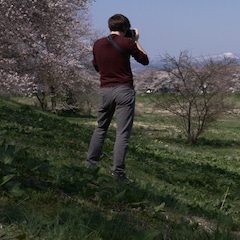Embracing the Warmth of Tohoku in Hachinohe
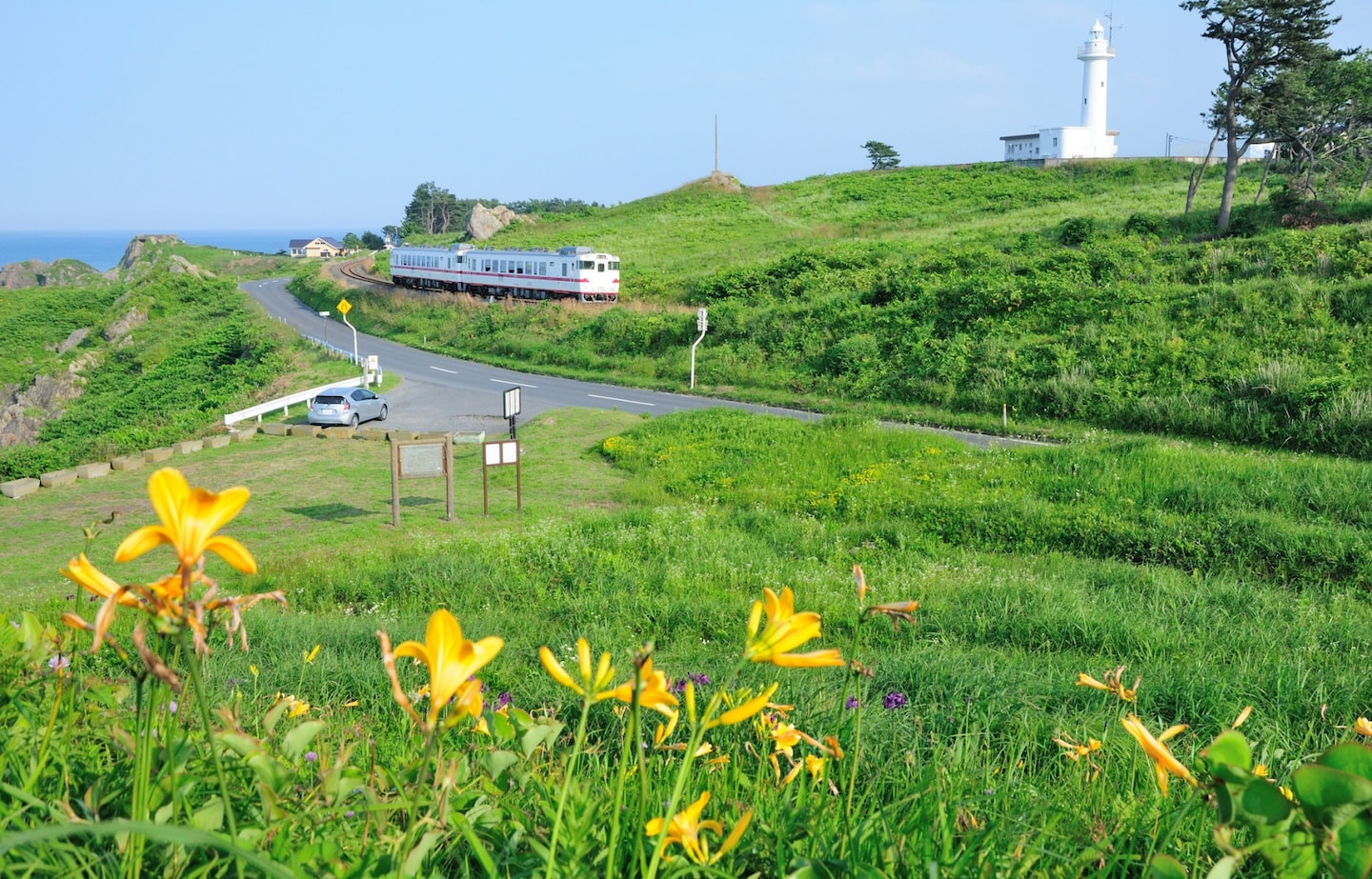
Honshu’s northernmost region, Tohoku, is a beautiful area with a deep-rooted history and vibrant culture, embodied by the kindness and generosity of its wonderful residents. I traveled to Hachinohe, a large city in eastern Aomori Prefecture, and got hands-on with a wealth of experiences offered by one of the country's most underrated destinations.
By Nicholas RichA Brief History
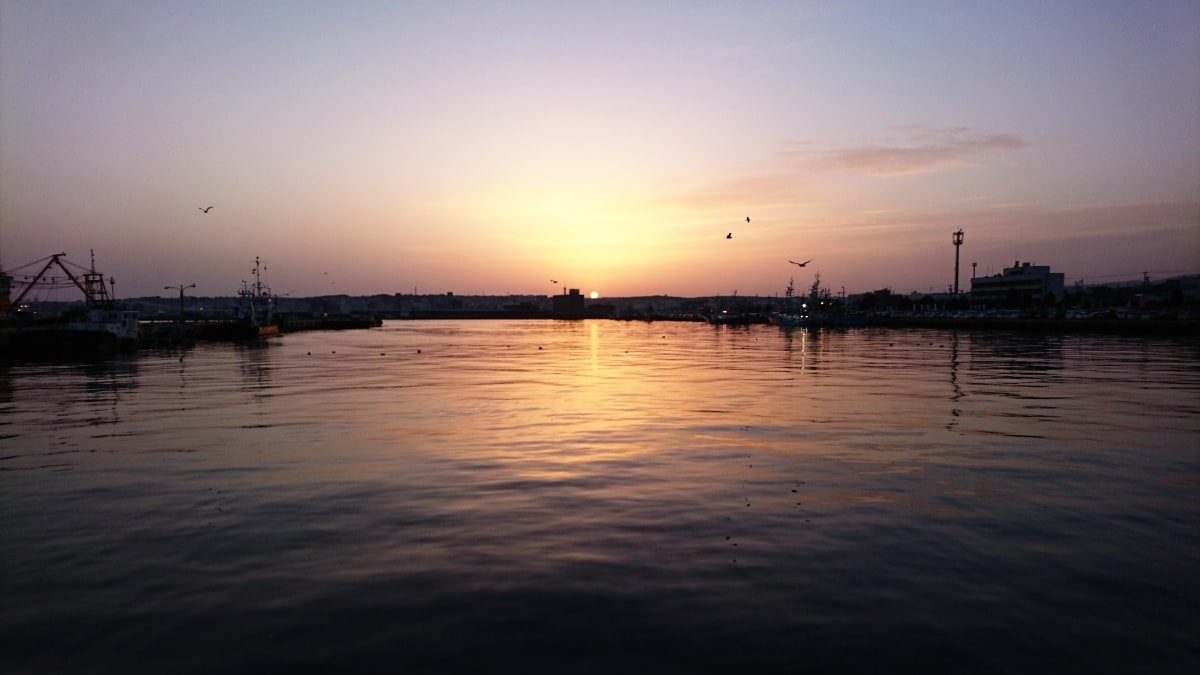
Hachinohe is in the southeast of Aomori Prefecture, a short distance from its neighbor prefecture, Iwate. While the area has been inhabited since prehistoric times, with numerous remains from the Jomon Period (14,000-300 B.C.) discovered within its borders, its most enduring characteristics are tied to the Kamakura Period (1185-1333), which is the approximate time the Nanbu Clan consolidated control of the region.
The Nanbu established numerous horse ranches and forts, of which Hachinohe is one. Once the Tokugawa Clan successfully unified the country, they designated the area the Hachinohe Domain. With a large, thriving port that allowed access to the bounties of the sea just south of Hokkaido, Hachinohe was a commercial center of the region. During the Meiji Restoration (1868), the Hachinohe Domain was abolished, and it was merged into Aomori Prefecture.
These days, Hachinohe is still an important commercial center for Aomori, with numerous industries, a thriving agricultural community, as well as fisheries that boast some of the largest volumes of freshly caught seafood in the country. The Hachinohe City Tourism Plaza offers valuable information on the wealth of experiences the city has to offer visitors, and should definitely be anyone's first stop when planning their trip.
The Journey North
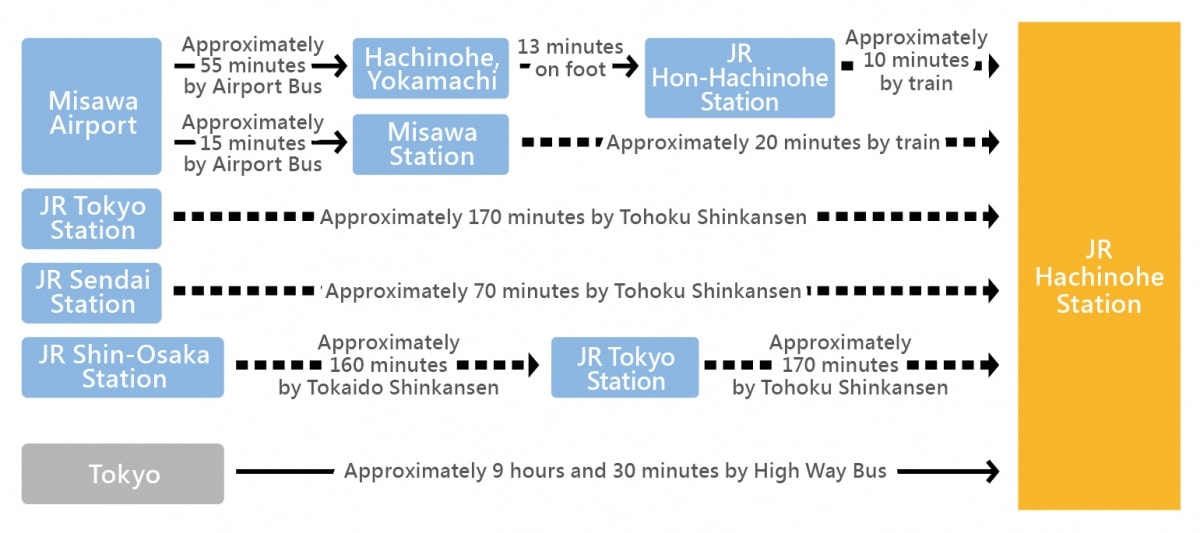
http://www.en-aomori.com/
One of the great things about Hachinohe is that it has a Shinkansen bullet train line directly to it, which makes arranging your transportation a breeze. Constructed in 2002, it takes less than three hours to travel to from Tokyo station. I took an early morning train, and along the way the hustle and bustle of the city, with its high-rising skyscrapers, gave way to distant, snow-capped mountains shrouded in mist. You’ll know you’ve arrived somewhere special when you step onto the outdoor platform and inhale the beautiful air of the Tanesashi Coast.
It’s worth noting that the trains can be surprisingly busy. The line connects to Sendai, one of Tohoku’s largest cities, and continues all the way to Hakodate, which means it’s best to reserve your tickets in advance!
The Backbone of Hachinohe
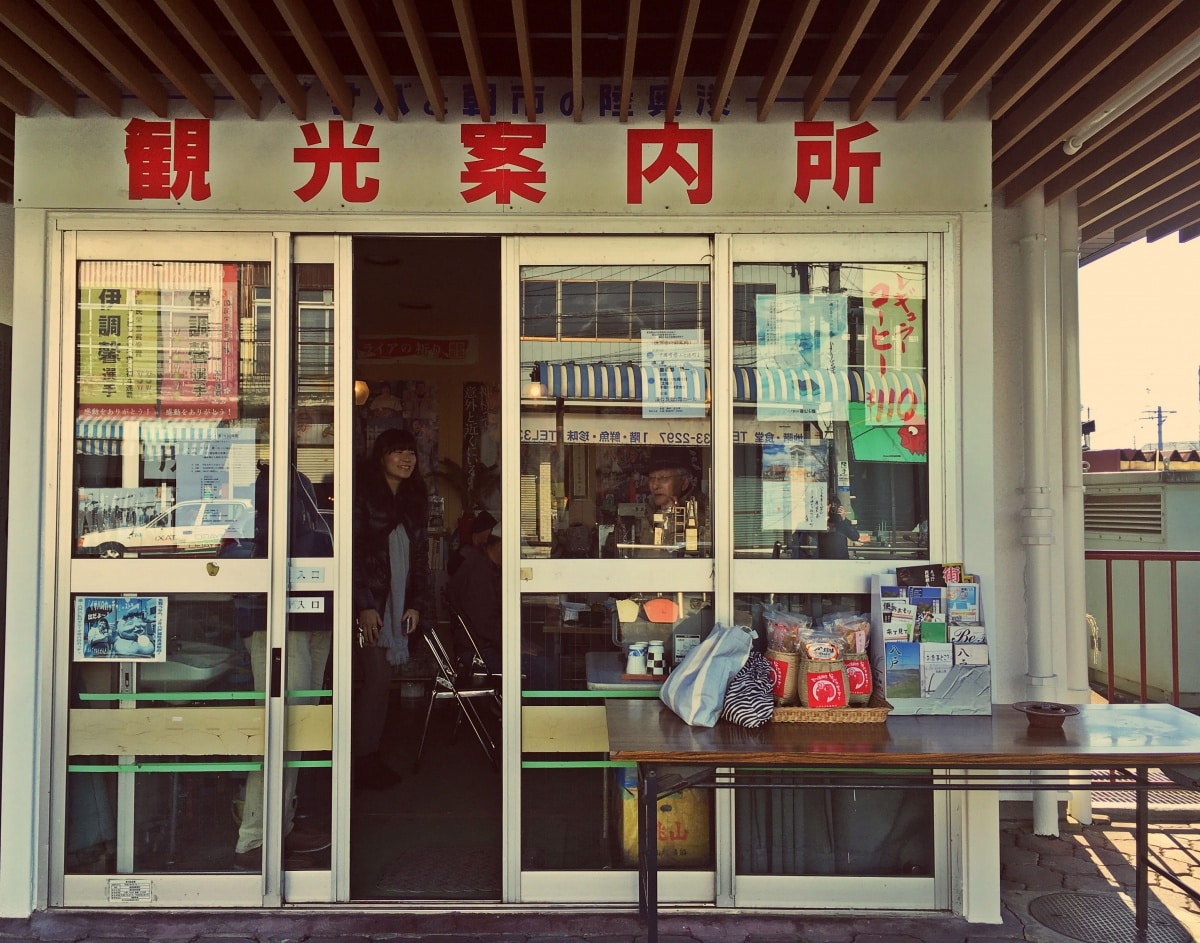
One thing immediately obvious about Hachinohe is the fundamental role played by the city’s elderly. While many of Japan’s youth migrate to the country’s larger metropoles, the elderly proudly plant their roots. Not content to merely while away their golden years, they often rise before the sun and set the wheels of the city in motion.
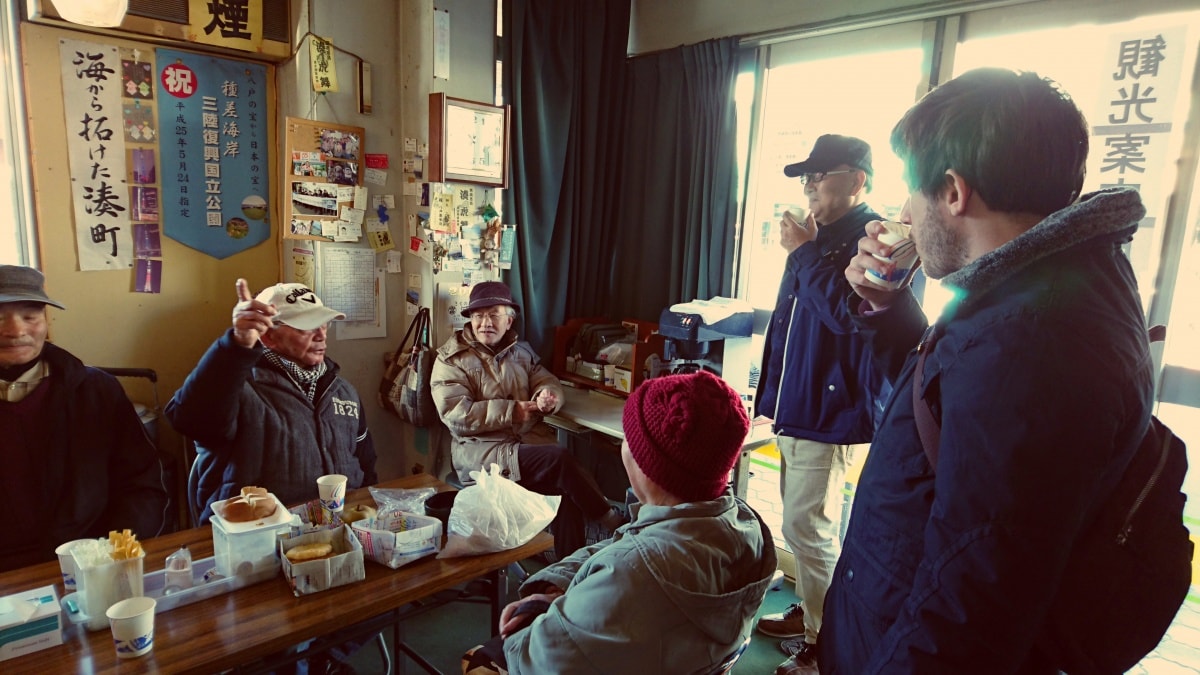
Take, for example, the Mutsuminato Travel Center. Connected to a JR station of the same name, it's easily accessible by train, just four stops from Hachinohe Station on the town's Hachinohe Line. It opens the earliest in all of Japan, and closes around noon. When you step inside you’ll be greeted by well-informed residents, who are quick to hand you a hot cup of coffee (perfect for cutting through the early-morning chill) and chat with you like you’re an old friend.


